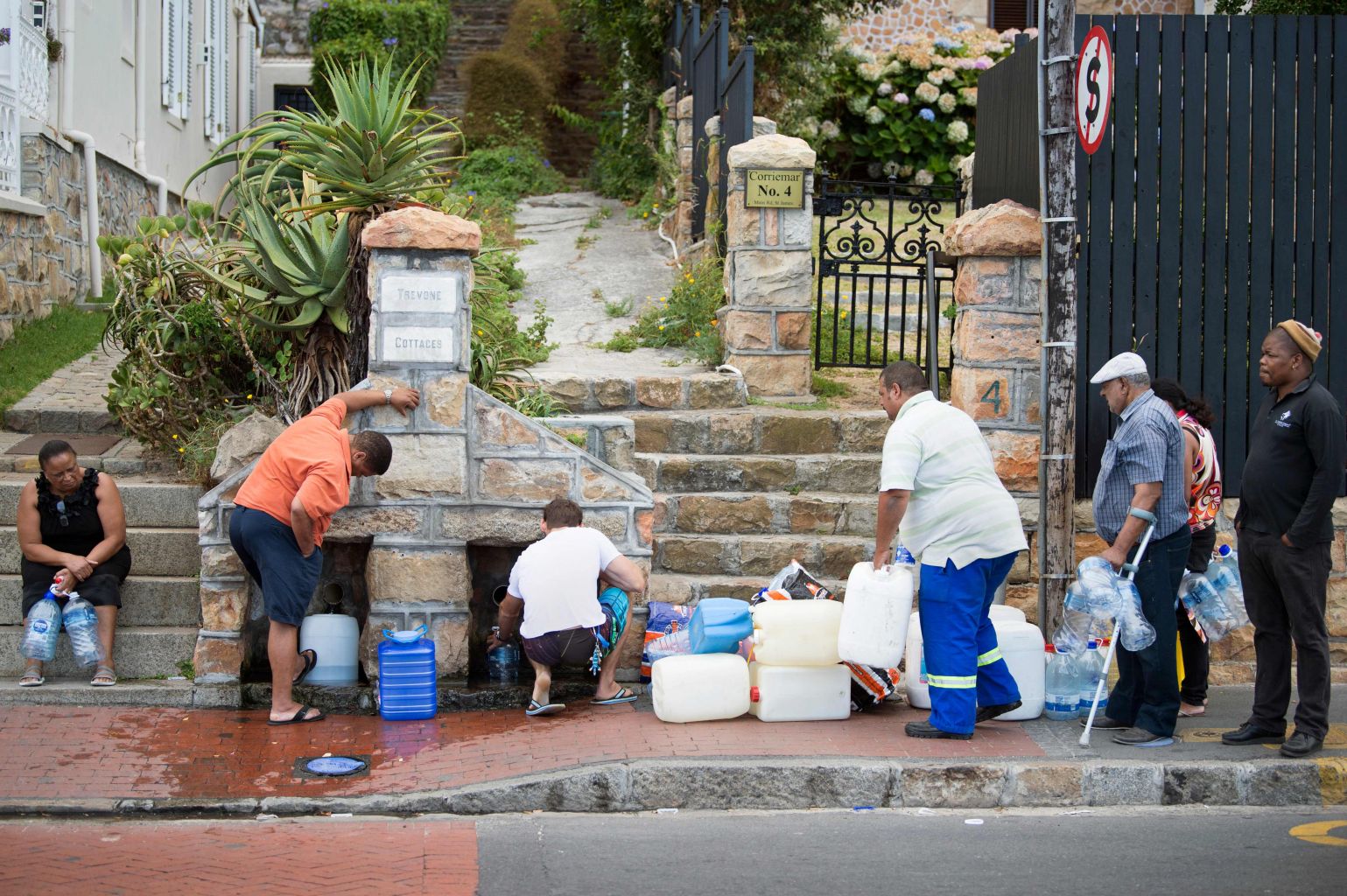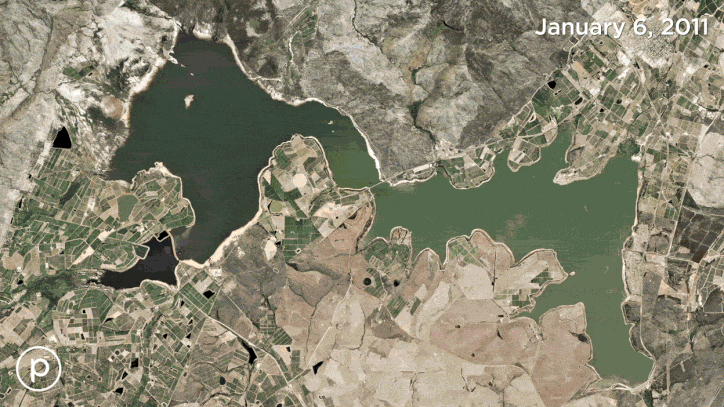Parched Cape Town, flood-prone Miami help cities confront water risks
Sign up now: Get ST's newsletters delivered to your inbox

Experts say water in the dams should ideally be used for storage, but Pretoria is now drawing from Lesotho as it continues topping up Guateng's Vaal supply system.
PHOTO: AFP
Follow topic:
BARCELONA (REUTERS) - As drought-hit Cape Town faces the prospect of its taps running dry as soon as April, it is joining a project to work out how cities can better prepare for water shocks and stresses in the future.
Engineering firm Arup will collaborate with five cities this year to develop a set of practical tools that will help urban areas deal with too little or too much water.
The four others are Amman, Mexico City, Greater Miami and Hull in England.
The aim is to produce a guide for cities of all sizes to understand and measure the resilience of their water systems.
"A changing climate coupled with rapid urbanisation is increasing the frequency of water-related crises facing cities," Mark Fletcher, leader of Arup's global water business, said in a statement.
"Increasingly, unpredictable rainfall, flooding and droughts are impacting cities across their water cycle," he added.
The cities testing the City Water Resilience Framework (CWRF) - which will later be made available for others around the world to use - were chosen for their varied locations, sizes and water problems.

South Africa's Cape Town, with a population of 3.7 million, is suffering from severe drought after three years of low rainfall, threatening water supplies for its residents, businesses and tourism industry.
Amman, the capital city of Jordan, has no sources of water nearby and regularly experiences drought, while lower-lying parts are inundated when it rains heavily.
Mexico City, a mega-city of 21.3 million people, depends on depleting aquifers and risks running out of water one day. Built on land that was once a lake, it is also prone to flooding.
Greater Miami and the Beaches has a high groundwater table and complex canal system, making it especially vulnerable to rising sea levels and tidal flooding.
The British port of Hull, meanwhile, has experienced extensive floods in recent years, with 90 per cent of the small city standing below the high-tide line.
Martin Shouler, CWRF project manager at Arup, told the Thomson Reuters Foundation the new approach would explore the links between cities and the basins that furnish their natural water supply.
"Our clients are beginning to understand ... that when it comes to water, you can't think of a city in splendid isolation - it is part of its catchment," he said. "Vice versa, the city then impacts on its catchment when its water discharges back into the ecosystem."
As part of this wider view, the project will bring in different groups like farmers whose activities around a city affect its water supply, he added.
Andrew Salkin of 100 Resilient Cities (100RC) noted that, of the more than 1,000 cities that had applied to join its network to help them tackle modern-day pressures, over 60 per cent said water issues posed "critical resilience risks".
The five working on the new water framework in 2018 - four of which belong to 100RC - will share lessons and expertise with"the many cities around the world grappling with water challenges", he added.
Other partners in the project include The Rockefeller Foundation, the World Bank, the University of Massachusetts Amherst and the Alliance for Global Water Adaptation.
Shouler said mapping water risks would help urban planners, city governments and other decision-makers come up with ways to prevent, prepare for, respond to and recover from potential crises such as water shortages or floods.
Once cities have identified water-related challenges, they can set priorities, devise solutions and look for investors.
"Once it becomes more obvious what those pathways to resilience might be ... it could well help attract money into this area," said Shouler.

